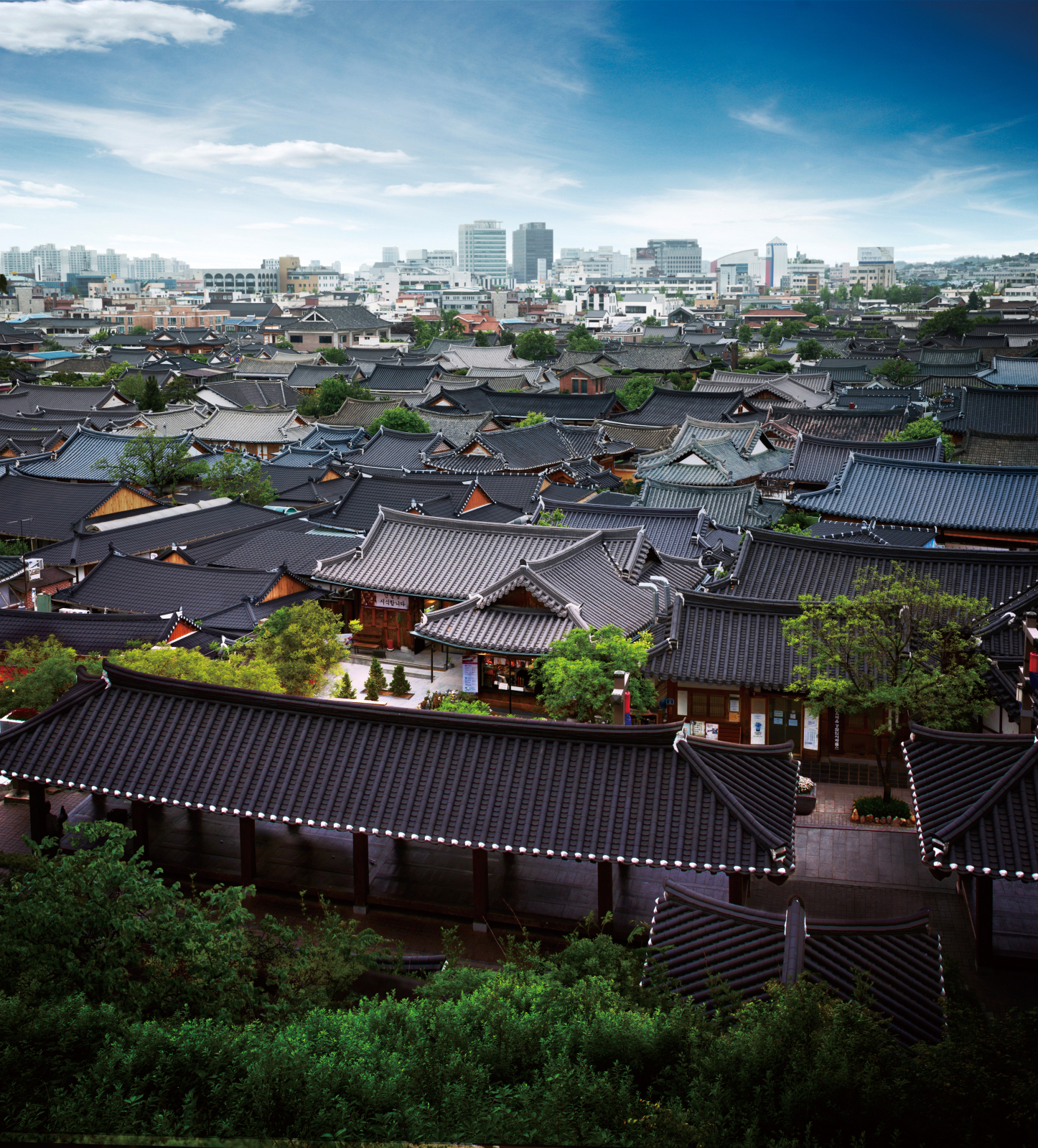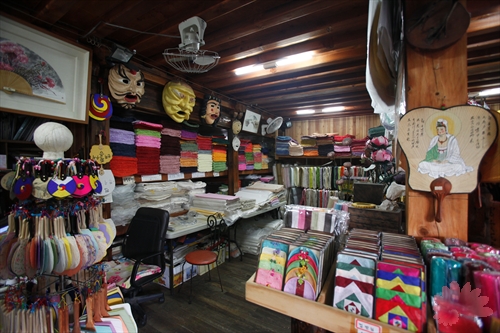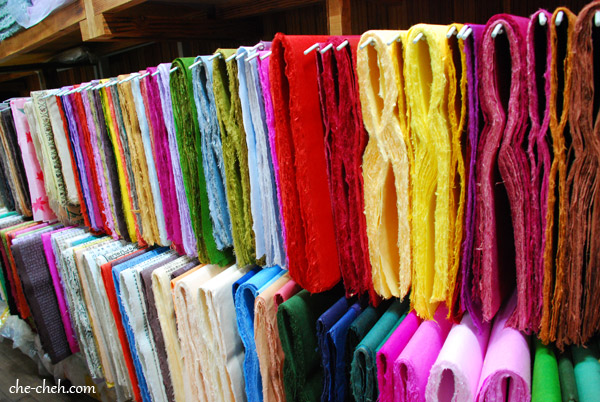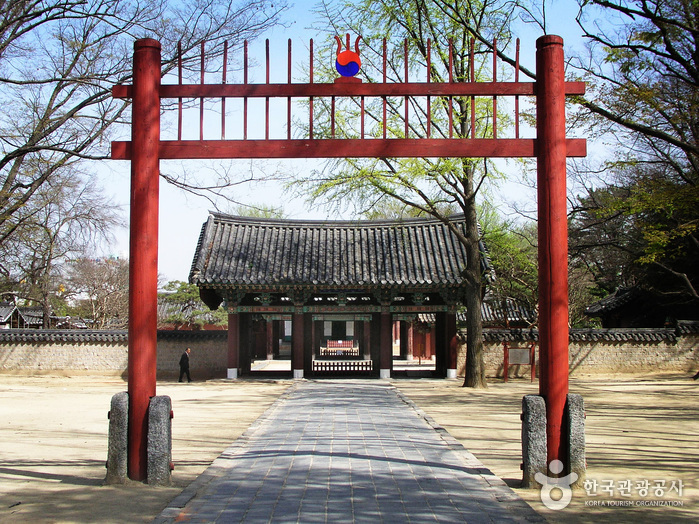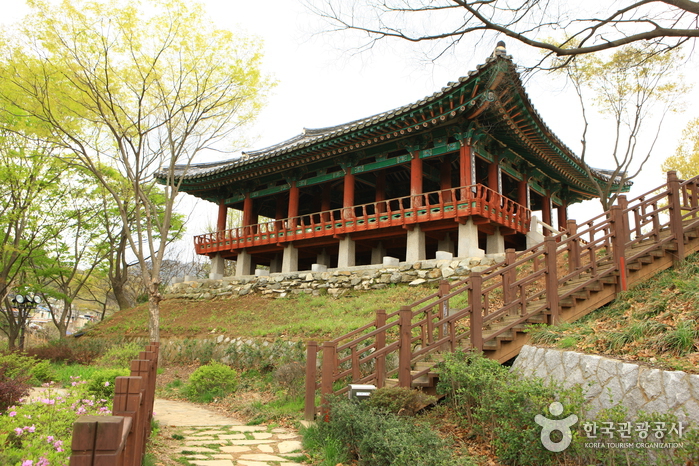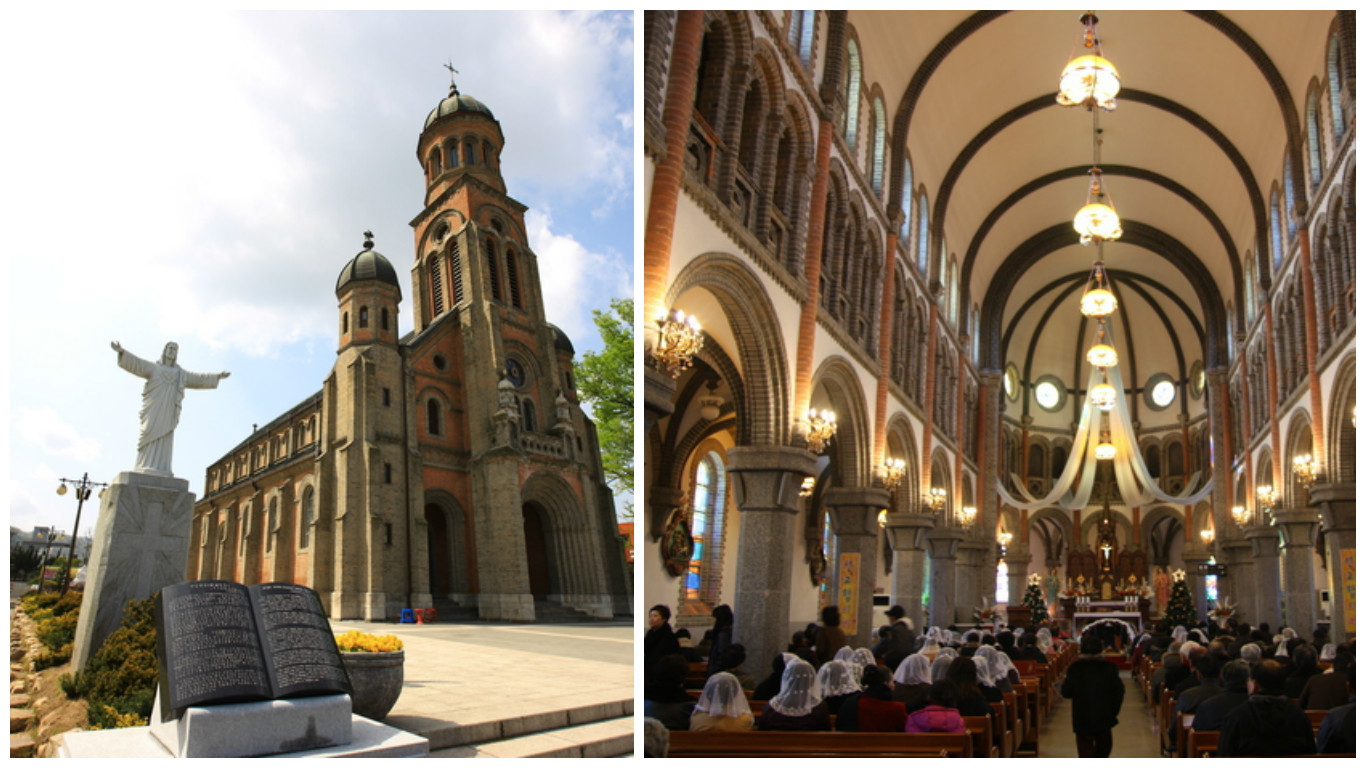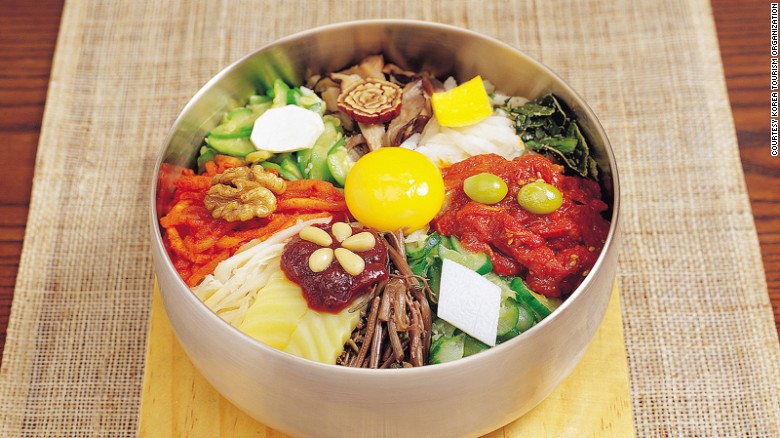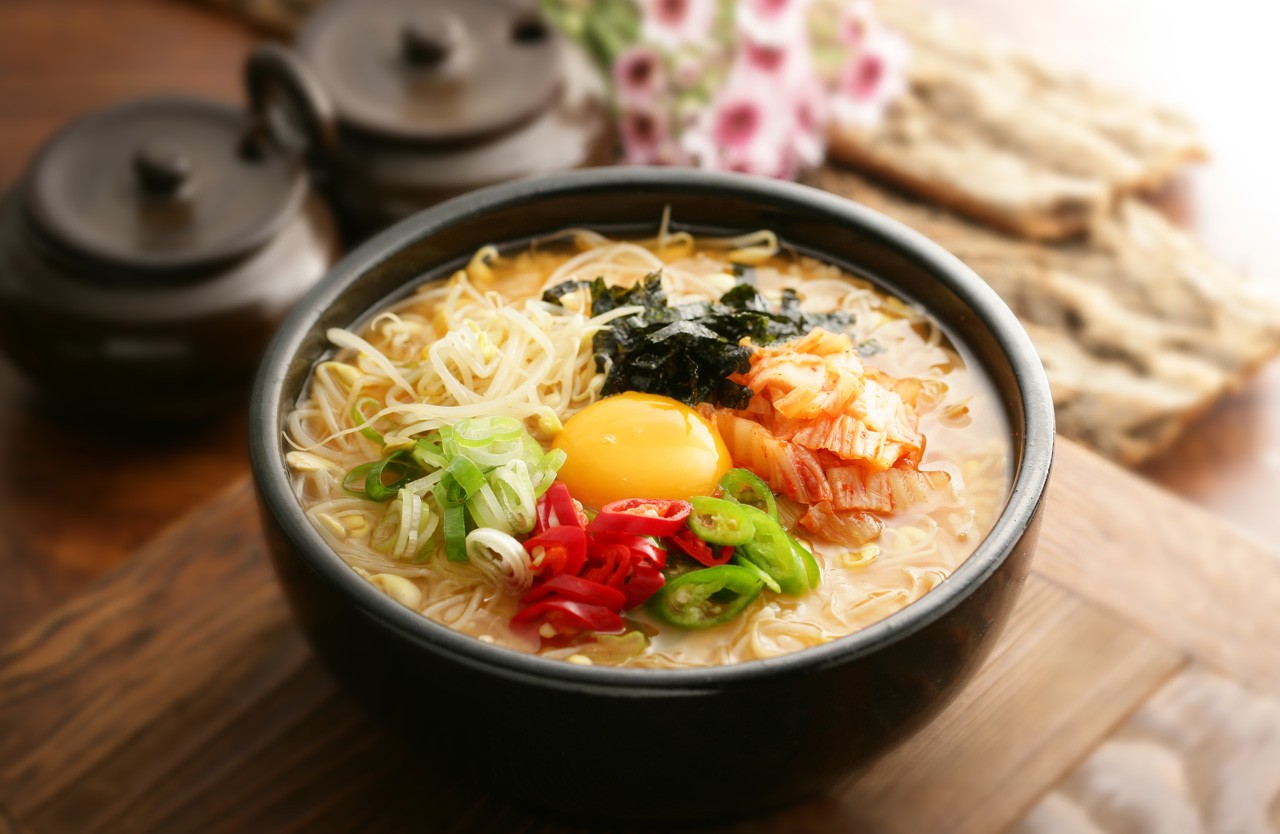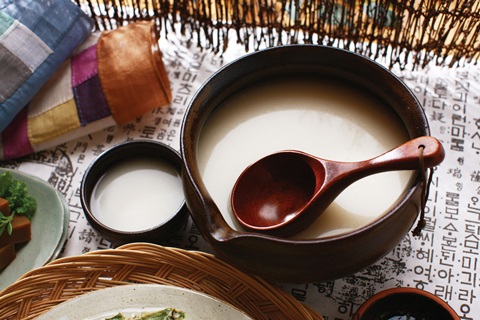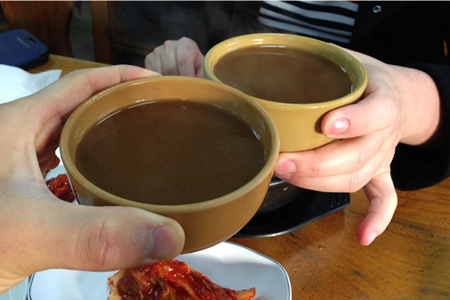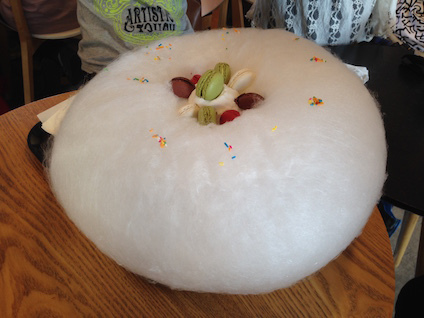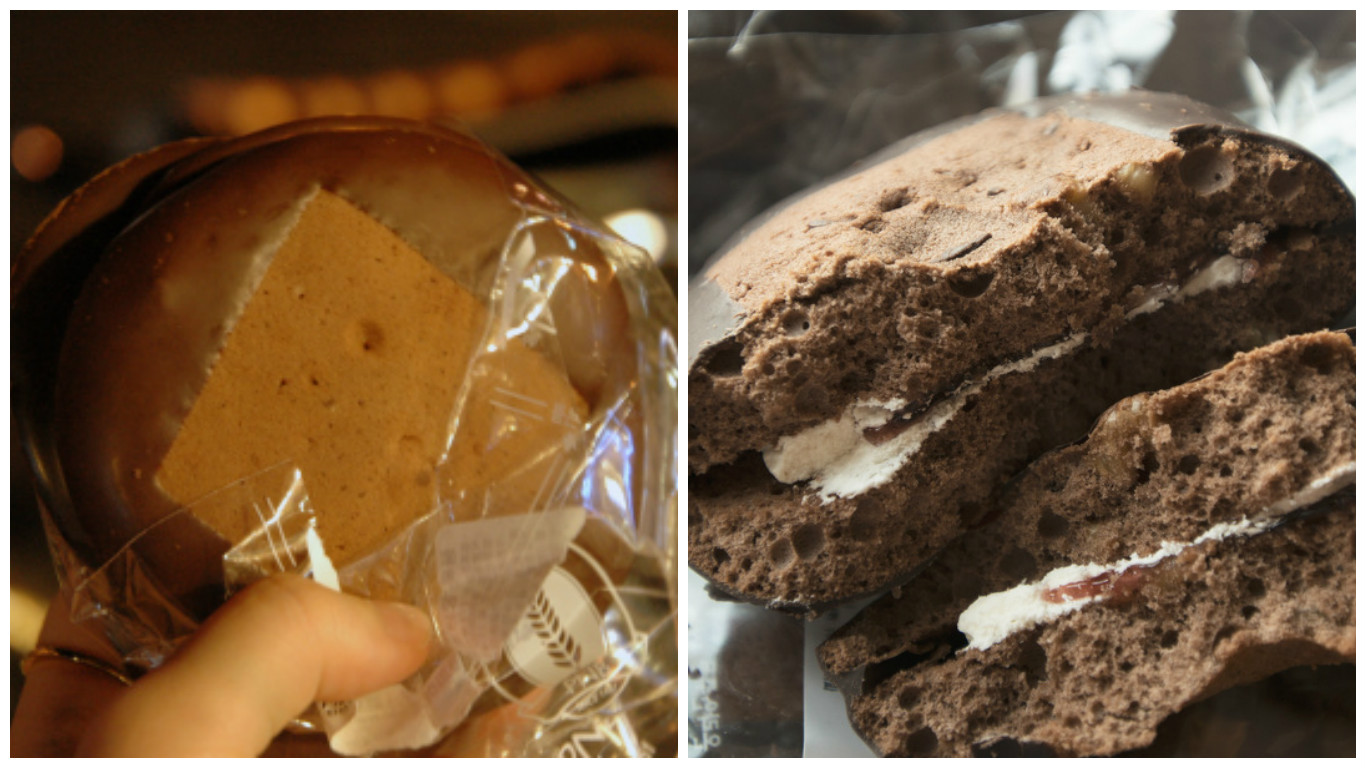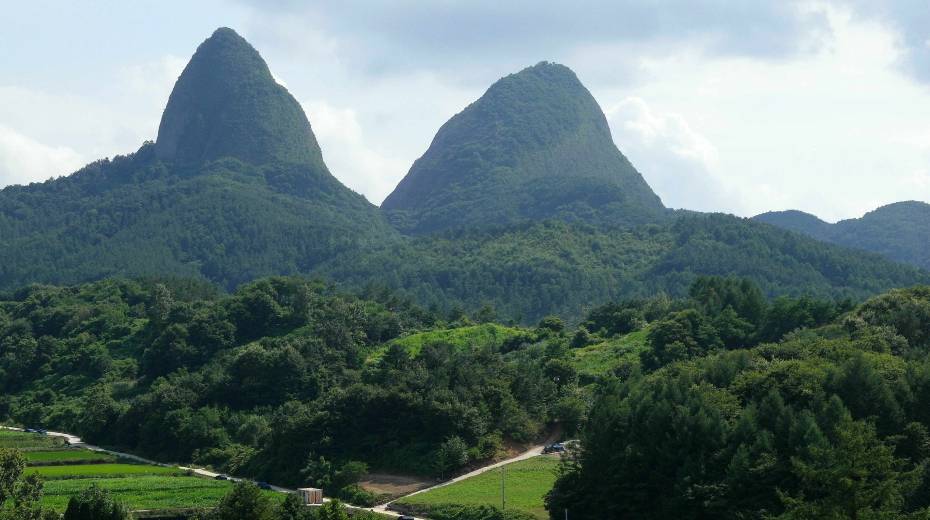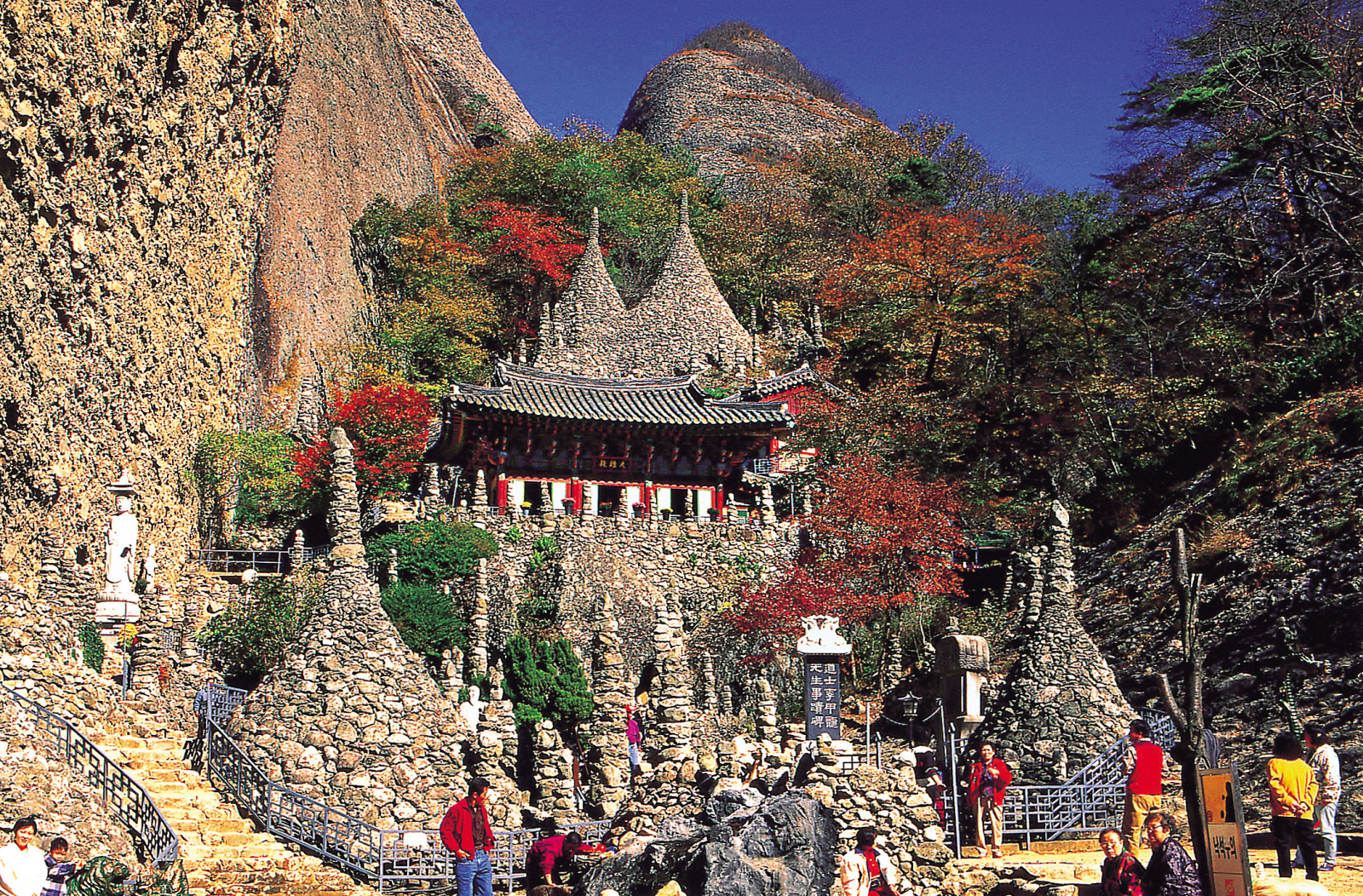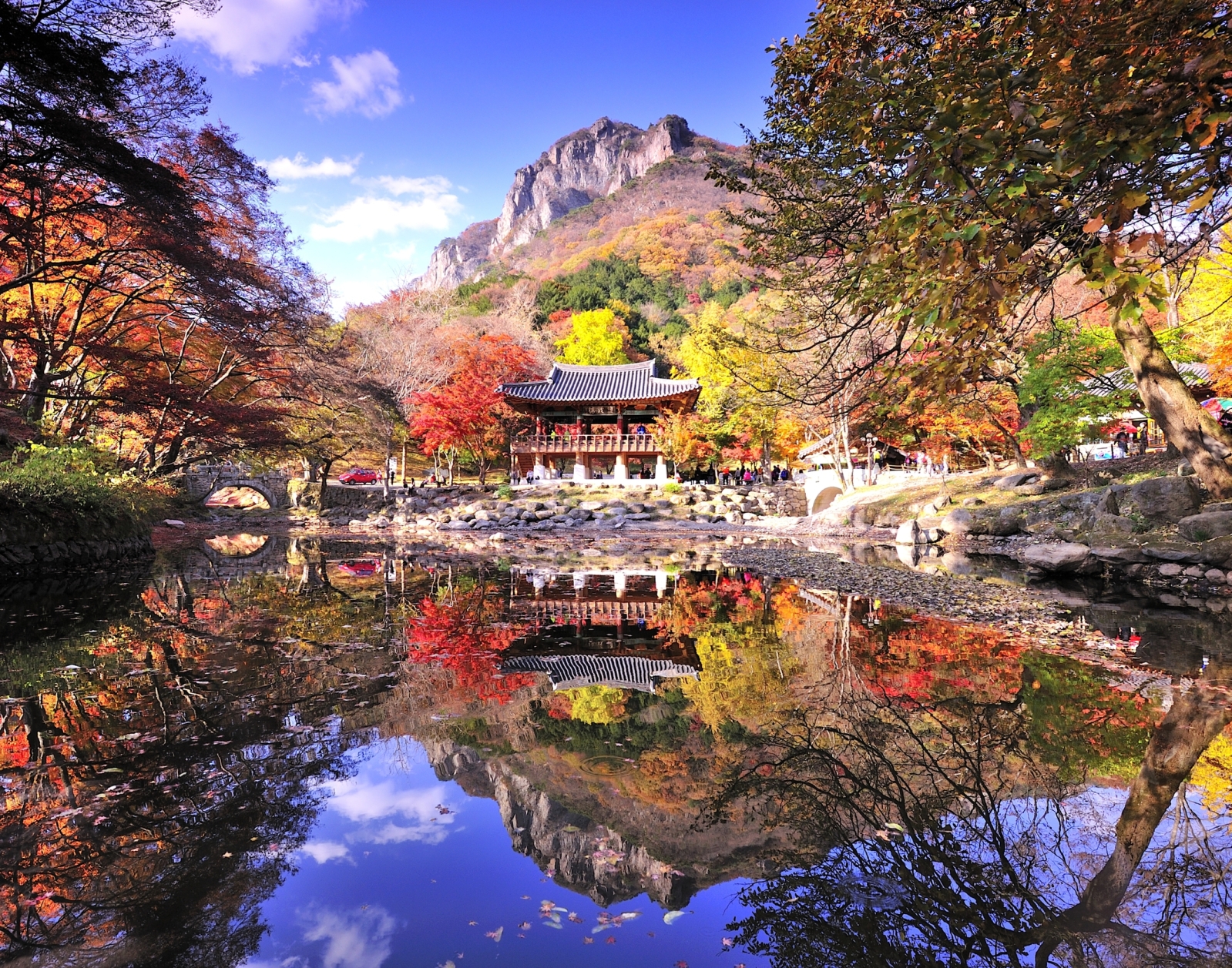8 Experiences You Absolutely Cannot Miss In Jeonju, The Ultimate Hidden Gem Of Korea
This charming little region hides many wonders.
Chances are, you'd never consider going to the region of Jeonju when you decide to go to Korea for a holiday. In fact, you've probably never even heard of it.
But to leave it out of your travel bucket list would be a big mistake! Take it from us, you don't want to miss out on these wonderful experiences:
1. Find out what life in Korea was like back in the day
With over 800 traditional Korean houses and an overall lack of industrialisation, it's almost as if time stands still at the Jeonju Hanok Village. What's unique about these houses is their distinctive slightly raised to the sky roof edges and a special sub-floor heating system called ondol, which ensures that the floor is always warm in the winter and cool in the summer. Don't forget to drop by the Hanok Life Experience Hall to experience a slice of the traditional Korean lifestyle yourself.
Location: 29, Eojin-gil, Wansan-gu, Jeonju-si, Jeollabuk-do.
2. Let your artistic side come out and play
Hanji is a type of Korean paper made from mulberry trees that is still widely used for everything from calligraphy and Oriental paintings to special wallpaper and crafts. At the Jeonju Traditional Hanji Center, you'll be able to both witness and try your hand at making hanji the old-fashioned way, including the all-natural dyeing process that results in beautifully coloured sheets like nothing you've ever seen before. We so wish that we'd had these to use for seni class!
Location: 100-10, Wansan-gu, Jeonju-si, Jeollabuk-do.
3. Soak up a dose of Korean history without inducing the Z's
This historical landmark (Gyeonggijeon Shrine) houses the portrait of the founder of the Joseon Dynasty, King Tae-jo, along with his and his wife's mortuary tablets. The shrine is smack dab in the middle of a gorgeous landscape, making it a popular filming location for various Korean period films and TV shows.
Location: 44, Taejo-ro, Wansan-gu, Jeonju-si, Jeollabuk-do.
Speaking of King Tae-jo, before he was King, he was General Yi Seong-gye, a powerful and well-respected warrior who is credited with various battle accomplishments like overthrowing the Goryeo Dynasty and repelling attacks by Japanese pirates. This pavilion (Omokdae) is one of the places that he stopped at to celebrate his victory on his way home from a war against Japanese invaders.
Location: 55, Girin-daero, Wansan-gu, Jeonju-si, Jeollabuk-do.
4. Witness the seamless melding of culture and religion
The Jeondong Catholic Church is considered one of the most beautiful churches in Korea thanks to its combination of different architectural styles. But it's more than just a cool building to look at, it has cultural and spiritual significance too. It was built in honor of the Roman Catholic martyrs of the Joseon Dynasty on the very same spot that they lost their lives. The memorial stone of the first executed martyr and the cathedral’s magnificent stained glass depiction of the martyrs are not to be missed.
Location: 51, Taejo-ro, Wansan-gu, Jeonju-si, Jeollabuk-do.
Matching Jeonju's reputation as a city of tradition and art, the Jeonju Masjid shows the harmony between Korean and Islamic architecture with traditional Korean roof tiles adorning the Islamic dome.
Location: 1562-10, Inhu-dong 2-ga, Deokjin-gu, Jeonju-si, Jeollabuk-do.
5. Om nom nom on the best Korean food you'll ever have!
Who hasn't heard of bibimbap (mixed rice) before? It's arguably THE most globally recognized Korean dish and can practically be considered its national dish. You may think you know what bibimbap tastes like and that it's nothing special. After all, it's just rice with some vegetables and sometimes a bit of meat right? Pfft, that's just because you haven't tried Jeonju bibimbap. No one does it like they do!
It's served with yukhoe (Korean beef tartar), hwang po mook (a yellow jelly made from mung beans) and raw egg yolk (most other regions in Korea use fried eggs). Plus, the rice used for Jeonju bibimbap is cooked not in plain water but in beef broth, so it not only tastes but also looks better!
You can get it pretty much at any restaurant in Jeonju but the Hankookjib restaurant is particularly famous for it.
You'll definitely need an empty stomach to be able to handle hanjeongsik, Jeonju's famous full course meal that comes with over 30 different dishes. The spread typically consists of fresh seafood, locally grown grains, and various herbs and vegetables that are unique to Jeonju's mountainsides. Confirm food coma after eating all this wheeew!
Take a breath before you try to say the name of this dish, it's a mouthful: kongnamul gukbap (beansprout soup with rice). Refreshing and wholesome, it's famous as a hangover cure because it naturally contains asparaginic acid, which helps to dissolve alcohol. The dish owes its stellar reputation to the fact that the beansprouts are grown locally from dried soybeans in the Jeonju Hanok Village.
6. Get your drink on!
Makgeolli is one of the oldest traditional liquors of Korea made from steamed glutinous rice, barley or wheat. Jeonju is one of the nation’s top three makgeolli producers so they really take it seriously and even consider it to be a dish in itself, not just an alcoholic beverage. There are fruity flavoured variants available but be sure to try the original version too.
Be warned though, makgeolli's light almost milky taste and the fact that its drunk by the bowl may mean that you're not aware of how much alcohol you're actually consuming so do pace yourself and drink responsibly.
Nope, that's not soup or gravy, it's moju! This sweet and mild liquor is made by boiling down makgeolli with eight medicinal herbs (including ginger, jujube, licorice root, ginseng, arrowroot, and cinnamon powder) is a Jeonju speciality. It's incredibly low alcohol content makes it the perfect #alldayerrday drink.
7. Forget about your diet and indulge in all things sweet
Let's all just take a second to appreciate the glorious 8 Beat Bingsu shall we? SO. MAGNIFICENT. :') This decadent creation is no ordinary shaved ice dessert. Served under a cloud of cotton candy and topped with macarons, candy, ice-cream and fruit, this is definitely not for those without one heck of a sweet tooth. There's only one place you can get this, at 달콤한구석 (translates to "sweet corner") Cafe, located inside the Jeonju Hanok Village.
Location: Dalkomhan-guseok, Eunheng-ro 74-15, Wansan-gu, Jeonju-si, Jeollabuk-do.
Poong Nyun Bakery (or better known as just 'PNB') is one of those places that ALWAYS has a ridiculously long line no matter what time of the day you drop by. But being able to sink your teeth into a warm, fresh out of the oven chocopie makes that wait so worth it. PNB's homemade version of this quintessential Korean snack makes the original pale in comparison. Generously coated with milk chocolate, the soft cocoa cookie hides a centre of cream filling and strawberry jam. We reckon it would make for an ideal tea-time treat!
Location: Eunheng-no 61, Wansan-gu, Jeonju-si, Jeollabuk-do.
8. Be blown away by the glory of nature
Where do we even start with Mt. Maisan (Horse Ears Mountain)? There's just so many cool and mystical things about it! First of all it has 4 different names, one for each season. Then, it has a really cool origin story involving gods. And perhaps coolest of all, is the unexplainable winter phenomenon that causes any water left outside in the area surrounding the mountain freezing upwards into inverted icicles. :O
Location: 255, Maisan-ro, Jinan-eup, Jinan-gun, Jeollabuk-do.
The Tapsa Temple may be hidden from the world by the peaks of Mt. Maisan but it's no less awe-inspiring. A retired scholar by the name of Lee Gapyong founded the temple in the 1800s and single-handedly erected 120 stone pagodas all around the temple, most of which (80 to be exact) are somehow miraculously still standing today despite the harshest weather conditions.
Location: 367, Maisannam-ro, Maryeong-myeon, Jinan-gun, Jeollabuk-do.
If autumn is your favourite season, then you'll completely fall head-over-heels in love with Naejangsan at first sight. The mountain, temple and national park (all of the same name) is the #1 most popular site to truly experience the beauty of autumn in Jeonju. Every year, the area is flooded with visitors from all over the world who want nothing more than to bask in the magnificence of the view.
The vibrant gold and crimson leaves harmonise with traditional architecture and natural wonders like waterfalls and mirror-like ponds to create a spectacular autumn feast for the eyes. Make sure you bring an empty memory card along because you'll definitely fill it up with gorgeous pictures in no time!
Location: Naejang-dong, Jeongeup-si, Jeollabuk-do.
Ahhh, Jeonju really is a hidden gem isn't it? :)
Here's some good news for you then, AirAsia's currently ongoing promotion can get you there from now until 24 November 2016 for an all-in one way fare from as low as RM419! These fares are only going to last until 10 July 2016, so BOOK NOW!
